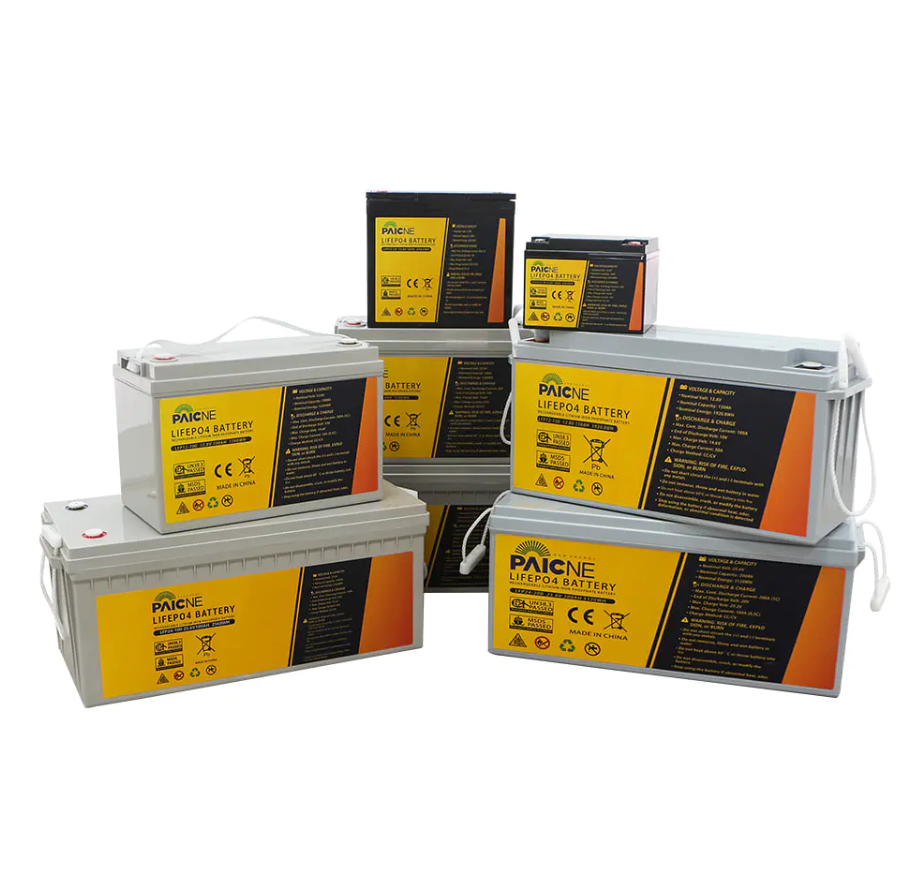The Relationship Between Lithium-Iron Phosphate Battery Energy Density

The energy density of a battery is a fundamental parameter that directly influences the size and weight of any device or system relying on it for power. When considering the Lithium Iron Phosphate Battery (LiFePO₄), understanding how its energy density impacts the overall volume of equipment is essential for manufacturers, engineers, and end-users alike. While LiFePO₄ batteries are renowned for their safety, long cycle life, and thermal stability, their energy density is typically lower than other lithium-ion chemistries. This characteristic inevitably plays a role in the physical size of devices that use it.
Energy density is usually expressed in watt-hours per kilogram (Wh/kg) or watt-hours per liter (Wh/L), representing how much energy a battery can store relative to its mass or volume. The Lithium Iron Phosphate Battery generally offers an energy density ranging from about 90 to 160 Wh/kg, which is lower than lithium nickel manganese cobalt oxide (NMC) or lithium cobalt oxide (LCO) batteries that can exceed 200 Wh/kg. This lower energy density means that, for the same amount of stored energy, a LiFePO₄ battery pack will typically occupy more space and weigh more compared to higher-density alternatives.
This difference in energy density directly affects the design and size of devices such as electric vehicles, portable electronics, and stationary energy storage systems. For example, in electric vehicles, where space and weight are at a premium, using a LiFePO₄ battery pack to achieve a certain driving range might require a larger battery enclosure compared to an NMC pack. This can influence the vehicle’s internal layout, weight distribution, and even aerodynamics. Similarly, portable devices that aim to maximize runtime might face challenges integrating LiFePO₄ batteries without increasing overall device bulk or weight.
However, the trade-off in energy density comes with significant advantages. The Lithium Iron Phosphate Battery chemistry provides exceptional thermal and chemical stability, reducing risks of overheating and combustion. It also offers a much longer cycle life—often several thousand charge cycles—compared to many higher energy density lithium-ion batteries. For applications where safety and longevity are paramount, such as stationary solar energy storage or electric buses, the slightly larger size of LiFePO₄ battery systems is often considered acceptable or even preferable.
Moreover, innovations in battery pack design and system integration can mitigate some of the space penalties associated with the lower energy density of LiFePO₄ batteries. Modular battery architectures, optimized cell packaging, and efficient thermal management can help make battery packs more compact and better suited to specific device requirements. Additionally, for applications where volume is less constrained, such as home energy storage, the size difference has minimal impact on usability.
In conclusion, the energy density of the Lithium Iron Phosphate Battery does have a tangible impact on the overall volume and size of devices that utilize it. While its energy density is generally lower than other lithium-ion chemistries, resulting in larger battery packs for equivalent energy storage, this is balanced by superior safety, lifespan, and thermal stability. Designers and engineers must carefully weigh these factors based on the specific requirements of their applications. Ultimately, the choice of LiFePO₄ batteries reflects a trade-off between device size and critical performance attributes, and understanding this relationship is key to making informed decisions in product development and energy system design.
Product Features:
1. High energy density: Lithium iron phosphate batteries have a high energy density, providing longer usage time and higher power output.
2. Long life: Lithium iron phosphate batteries use advanced materials and manufacturing processes, resulting in a longer service life and the ability to withstand more charge and discharge cycles.
3. High temperature tolerance: Lithium iron phosphate batteries can operate normally in high-temperature environments without being damaged or reducing performance due to excessive heat.
4. Fast charging: Lithium iron phosphate batteries support fast charging, allowing them to be fully charged in a short time, improving efficiency.
5. Safety performance: Lithium iron phosphate batteries have high safety performance, ensuring no explosion or fire hazards occur, making them safer and more reliable for use.
- Art
- Causes
- Crafts
- Crypto
- Dance
- Drinks
- Defi
- Film
- Fitness
- Food
- Giochi
- Gardening
- Health
- Home
- Literature
- Music
- Networking
- Altre informazioni
- Party
- Religion
- Shopping
- Sports
- Theater
- Wellness

